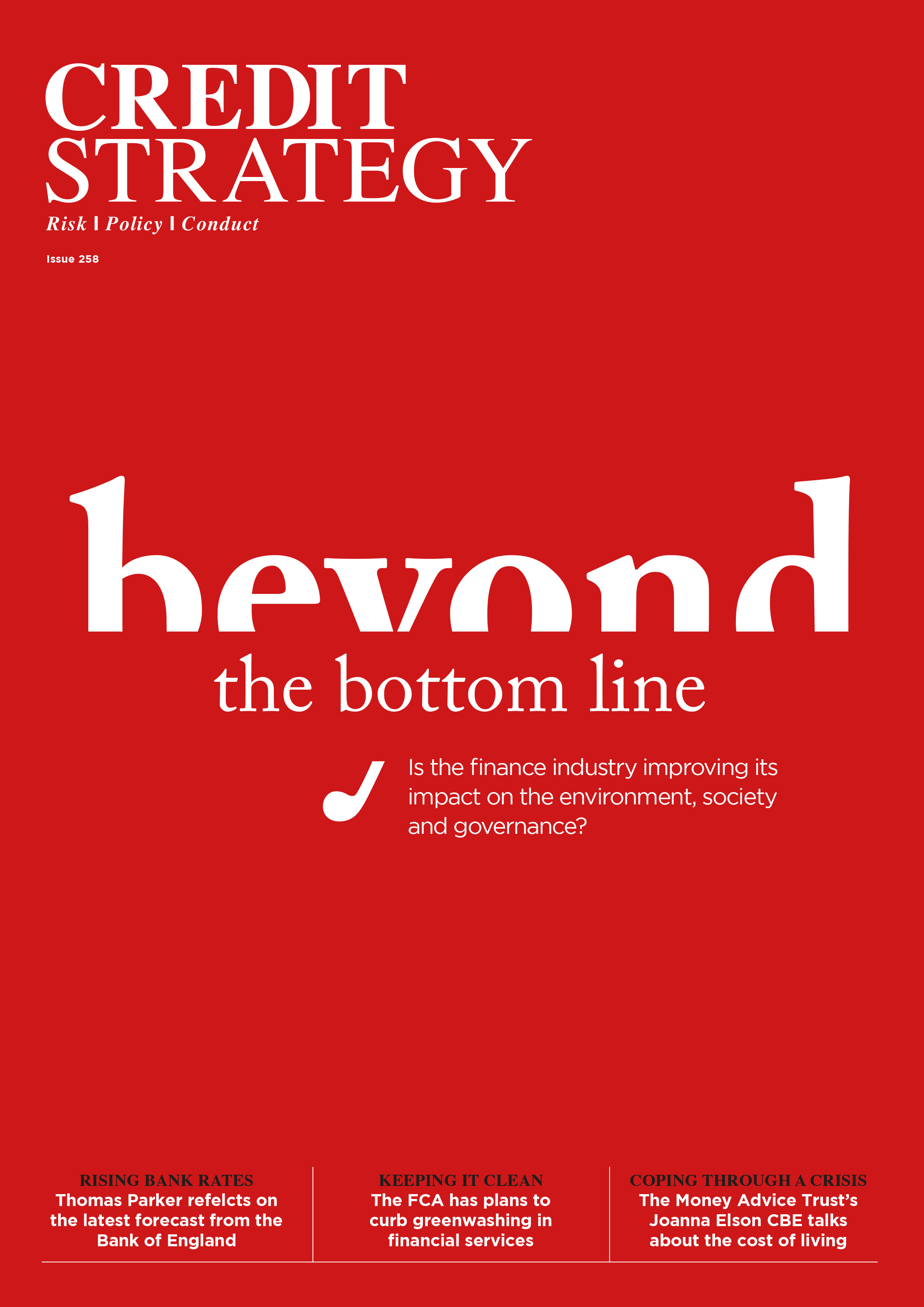Dear visitor,
You're reading 1 of your 3 free news articles this quarter
Register with us for free to get unlimited news, dedicated newsletters, and access to 5 exclusive Premium articles designed to help you stay in the know.
Join the UK's leading credit and lending community in less than 60 seconds.
Corporate insolvencies rise 15 percent
The underlying number of companies entering insolvency increased 15 percent between June and September 2017.

Group Editor
More than 4,150 companies entered insolvency between June 30 and September 30 this year. Of these, 3,000 were creditor voluntary liquidations, around 660 were compulsory liquidations and the rest were classed as “other” insolvencies.
Commenting on the Insolvency Service’s official statistics, Adrian Hyde, president of insolvency and restructuring trade body R3, said: “Corporate insolvency numbers have bounced around over the last couple of quarters as a result of the impact of tax quirks and timely economic boosts, including summer’s surprise drop in inflation.
“This quarter’s rise in underlying insolvencies, however, moves things back towards the trend of growing insolvency numbers we’ve had since the middle of 2016.”
Hyde said the prolonged fall in insolvencies seen between 2010 and 2016 appears to have begun to change direction.
He added that businesses have faced a number of challenges in the last year, including rising business rates, rising inflation, the weaker pound and a rising national living wage.
Hyde said: “Some of these added costs will have been passed onto customers, but reliance on consumer confidence isn’t necessarily a recipe for long-term financial health. Consumers’ ability to absorb price rises is limited, and with spending fuelled by consumer debt, potentially unsustainable.”
R3’s own statistics on the growth and distress levels reported by businesses show the numbers of businesses with signs of growth have fallen from recent record highs, while the numbers of businesses with signs of distress are increasing from recent record lows.
Jeremy Wilmont, partner and head of restructuring and insolvency at accountancy firm Moore Stephens, added: “Businesses urgently need to look at their contingency plans as the rise in financial stress appears to be gathering pace.”
Stay up-to-date with the latest articles from the Credit Strategy team
READ NEXT
Via Atal: Unlocking global growth
The Budget - 2p National Insurance cut confirmed by the Chancellor
2024 Credit 500 unveiled
Get the latest industry news








